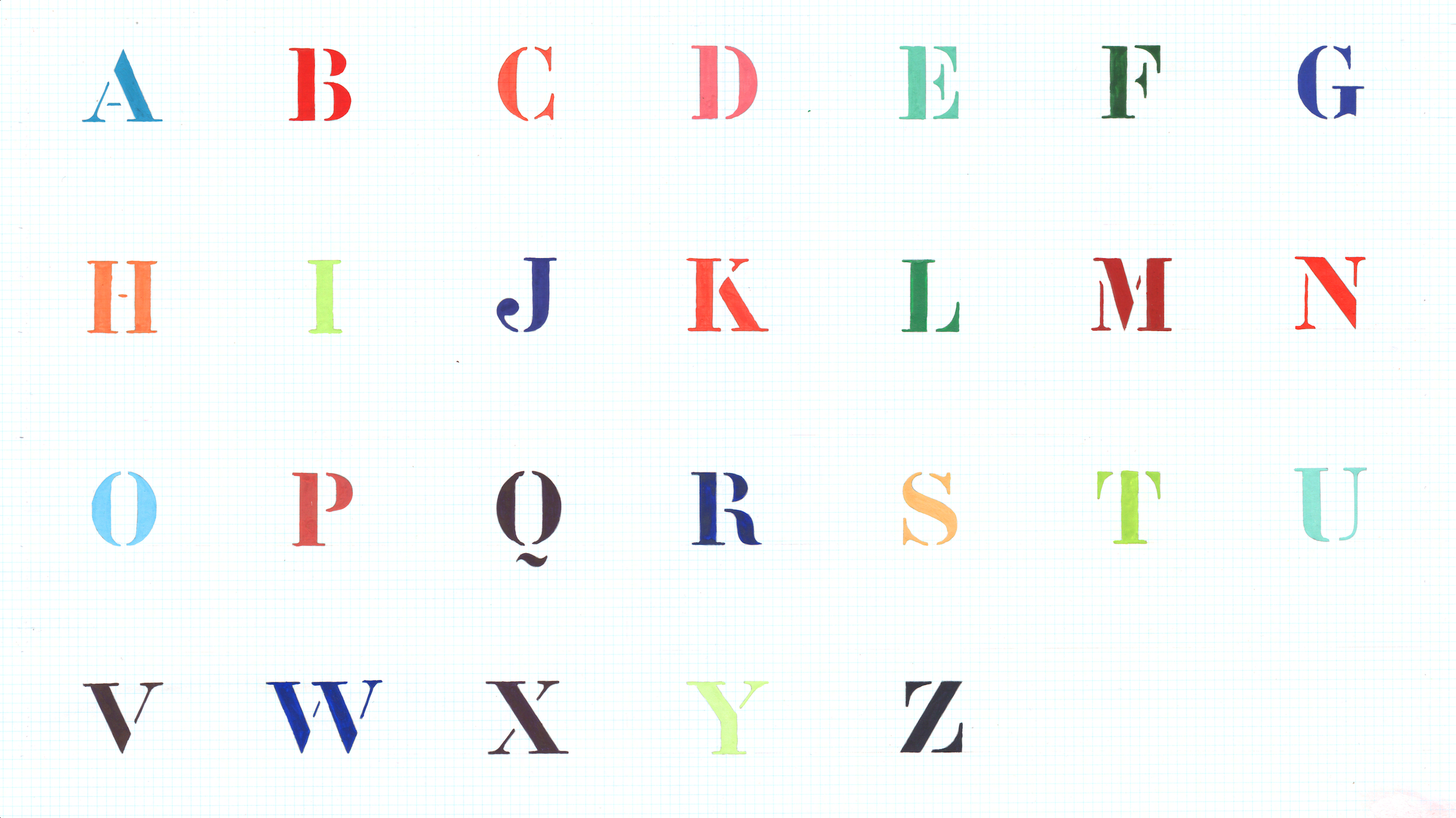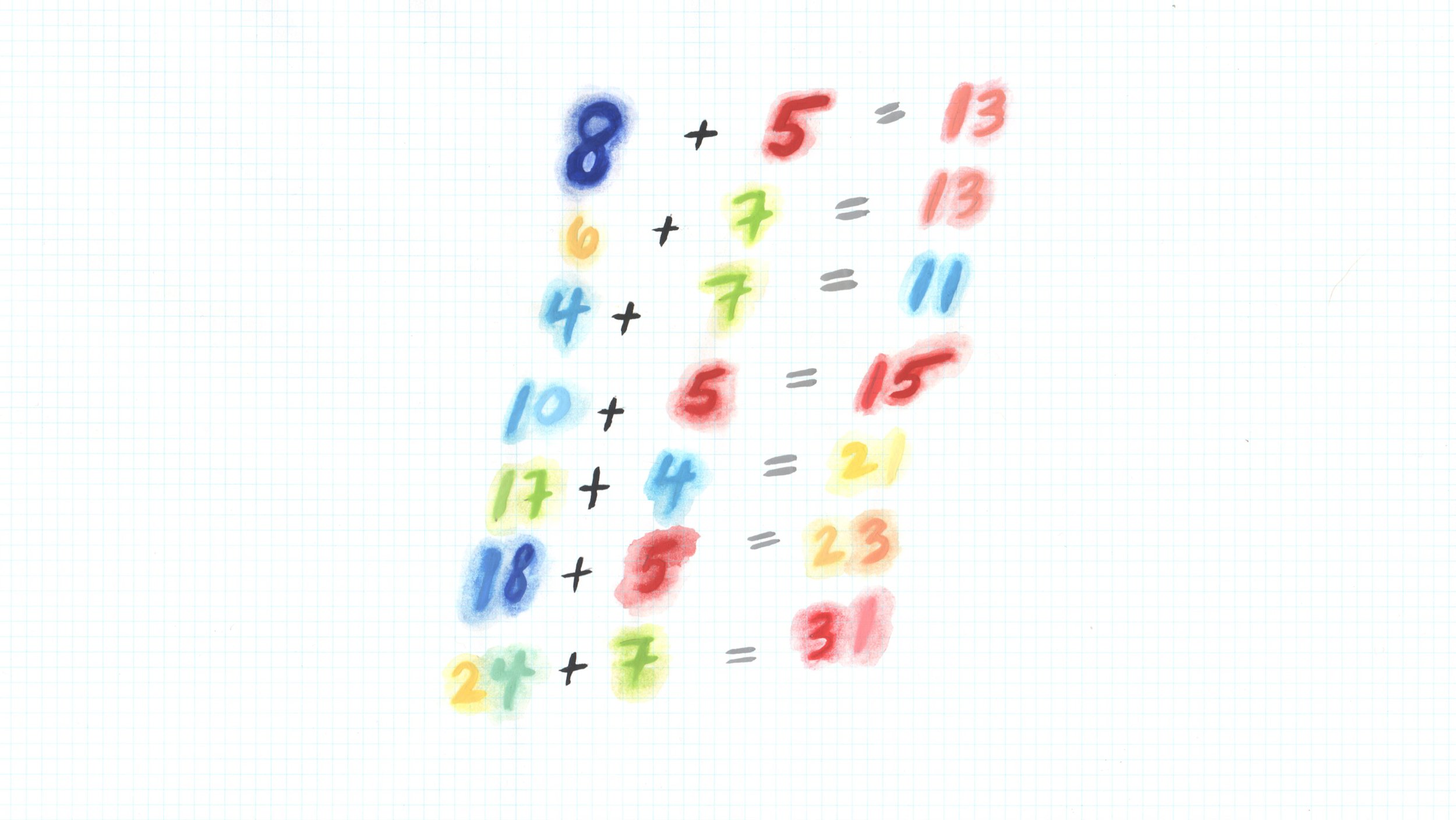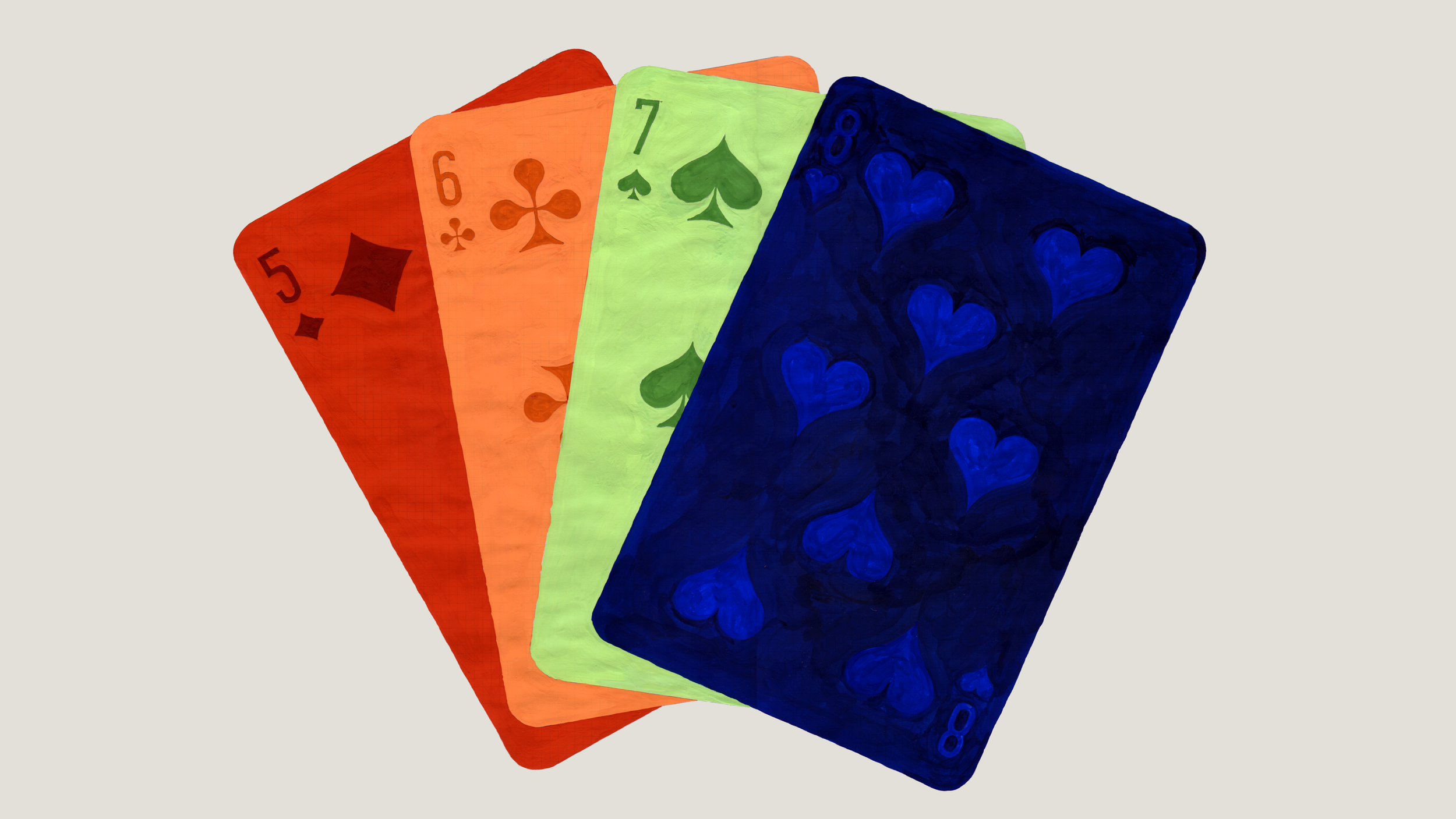First published by Maharam Stories, 2023
Wild Cards
Synesthesia is a perceptual phenomenon in which the subject experiences a sensation other than the one being stimulated. Cribbage is a fast-paced repartee of addition in which players build on the collective sum of their alternating cards until they reach thirty-one. I am a synesthete, not an expert in synesthesia. I’m a decent cribbage player, but no card shark.
Described by author and neurologist Dr. Oliver Sacks as an “automatic conjoining of two or more senses . . . [once] regarded by scientists (if at all) as a rare curiosity,” synesthesia is as though metaphor were neurologically ingrained. On top of the normal, collectively agreed-upon meanings of words and numbers, synesthetes simultaneously experience layered, automatic associations. In my case—grapheme-color synesthesia—letters, numbers, days of the week, months, and names all conjure specific colors, textures, and feelings, and vice versa. The synesthetic experience varies from person to person but, for all synesthetes alike, their associations are involuntary lifelong constants. The colors I associate with letters, my personal alphabet—more of a knowing or an intuition than an assignment—have always been and will always be the same.
The loneliness that comes with synesthesia is the lack of any objective truth. Nobody shares my alphabet. It is completely arbitrary, yet it influences my biases about nearly everything. Synesthesia is not a second language. There is no translation or key. Telling you about my synesthesia is about as boring as telling you about a dream I had minus the psychoanalytical content. I could even be lying about it and you’d never know.
Playing cards as a synesthete is beautiful, fun, and frustrating. I am not bad at math. But the game of cribbage has been causing me some embarrassment lately because I have particular trouble with eight plus five and six plus seven. Never in my life have I been able to commit their sums to memory. When I see the number eight, it is deep blue. It is smooth, cool, and glossy. It feels distant or vacant, an unlit path on a cold night. When I see an eight of hearts, the red digits and the plump heart shape are at odds with the number eight I know, and the mental friction this creates is grating and distracting. The number five is solid: bold, brick red, dense. A five of diamonds causes me much less distress than an eight of anything, but together they feel imbalanced. Their sum, thirteen, is a light pink. Together five, eight, and thirteen are a muddy and unappealing group. They feel ionized, in need of another element to stabilize their dissonance. I don’t like them, and I want them out of my hand. Imagine hating certain numbers, for no reason, for as long as you can remember.
Six and seven are different. I like six and seven. Six is a pale tangerine and seven a harmonious lime green. Together they are citrus, sour, fresh. Consecutive numbers, their colors feel consecutive as well. But their sum, that pink thirteen, has no place next to these two light and springy numbers. How can thirteen be borne of five’s brick house standing in the cold shadow of eight but also the sunlit lemon tree that is six and seven? How can I tally sums when I’m switching between seasons and hues and desolate paths and fruit-laden trees, and bubblegum pink is stuck in my hand as if it were going stale in my mouth?
This is neither an excuse for my cribbage losses nor an explanation for any of my victories. It’s just the remote and solitary world I quietly traverse while trying to make it to thirty-one.
Daniele Frazier 2023



